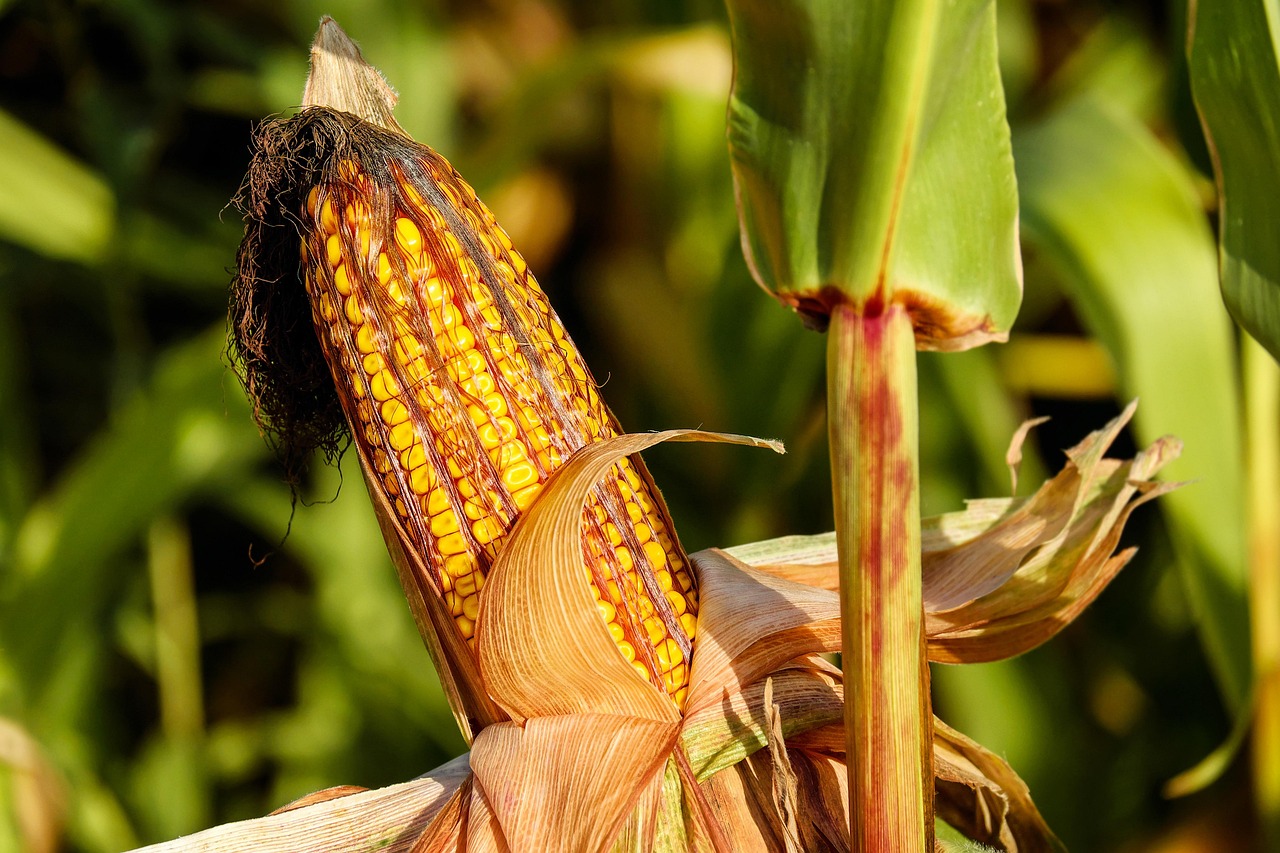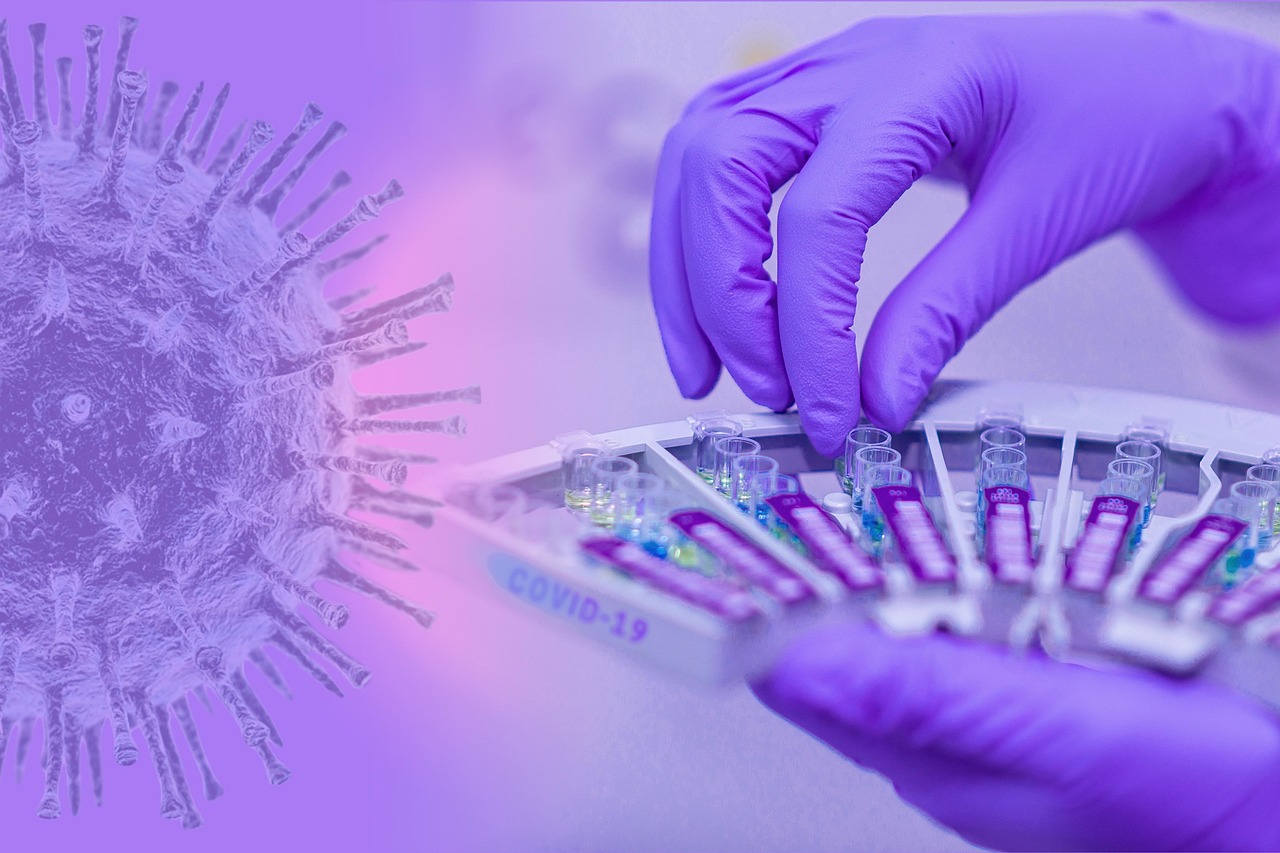The average US citizen eats about 50,000 microplastics a year. This is stated in the first large study on this topic, which was published in the scientific journal Environmental Science and Technology. However, the effects on human health are unknown.
Microplastics in Food
The new research, published in the journal Environmental Science and Technology, was based on data from 26 older works that measured the number of microplastics in fish, food, drink, and air. However, foods that have not been analyzed in previous studies include pastries, meat, dairy, and egg products, which can contain hundreds of thousands of microplastics.

The meta-study shows that an adult living in America eats about 50,000 particles a year, a child about 40,000. The biggest source is drinking beverages in plastic bottles, according to the study’s authors. The number of microplastics eaten might be even higher because scientists have not analyzed all potential food sources.
Bottled Water Is an Important Microplastics Source
The best data were available to scientists on water. Bottled water has been shown to contain on average up to twenty-two times more microplastics than tap water. If someone drank only bottled water, over 130,000 particles would get into his body from this source alone. On the contrary, only four thousand particles would enter the human body in a year from tap water alone.

Some studies point out that some species of organisms have a negative effect on small health particles. The health effects of microplastic consumption are still unknown in humans. According to scientists, microplastics deserve further attention because they can bind harmful substances.
Source: https://pubs.acs.org/doi/abs/10.1021/acs.est.9b01517, featured photo by congerdesign on Pixabay.




